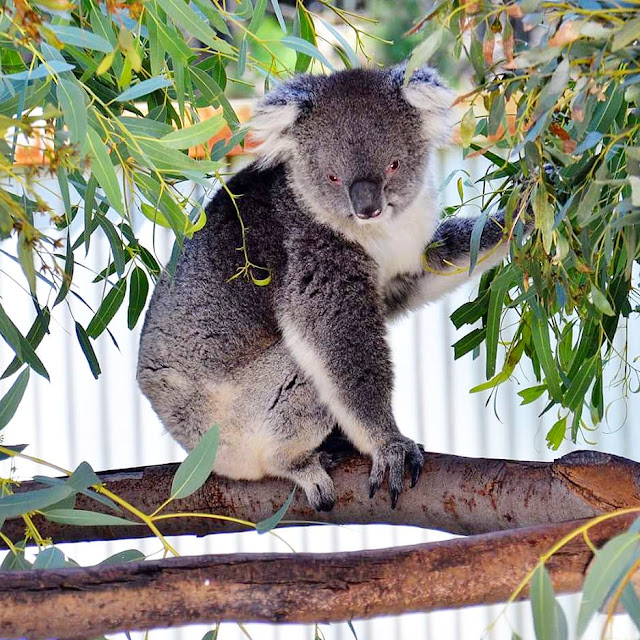Himalayan Marmot

Photo by Fadzil Hisham The Himalayan marmot (Marmota himalayana) is a marmot species that inhabits alpine grasslands throughout the Himalayas and on the Tibetan Plateau. It is IUCN Red Listed as Least Concern because of its wide range and possibly large population. The Himalayan marmot has a dense woolly fur that is rufous grey on the back and rufous yellowish on ears, belly and limbs. The bridge of its nose and end of tail is dark brown. It is one of the largest marmots in the world, being about the size of a large housecat. Average body mass ranges from 4 to 9.2 kg, with weights lowest post-hibernation in spring and highest prior to it in autumn. In the autumn, average weight is reportedly more than 7 kg in both sexes. Total length is about 45 to 67 cm, with a tail length of 12 to 15 cm. Photo by Fadzil Hisham The Himalayan marmot occurs in the Himalayas and Tibetan Plateau at altitudes of 3,000 to 5,500 m in northeastern Pakistan, northern India, Nepal, Bhutan and ...


